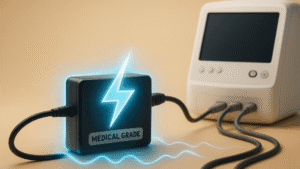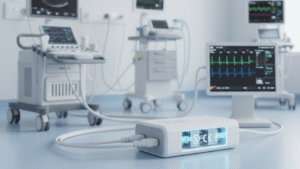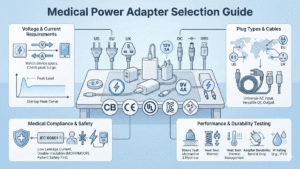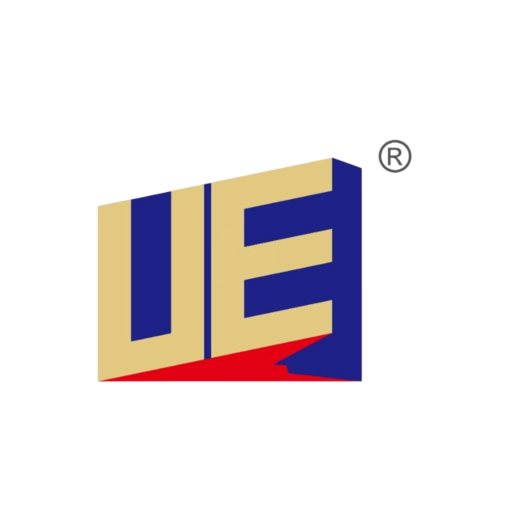Introduction
Smart pet feeders represent the convergence of IoT, consumer electronics, and pet care. By automating feeding schedules, integrating cameras, and enabling remote control via mobile apps, these devices have become a cornerstone of modern pet ownership. Yet, behind the smart features and sleek exteriors lies one of the most critical but underestimated components: the power adapter.
This article takes a comprehensive, extended perspective on the role of power adapters in smart pet feeders. We will explore:
- The technical principles behind adapters.
- Their relationship with feeder subsystems.
- Risks of poor-quality adapters.
- Compliance standards governing safety and performance.
- Market dynamics and global supply chain challenges.
- Future innovations shaping adapter technology.
By combining engineering depth, industry insights, and consumer implications, this article will demonstrate how power adapters influence not just feeder performance, but also brand reputation, compliance readiness, and customer trust.
The Technical Backbone: Electrical Principles
AC to DC Conversion
Household electricity varies across regions—100V in Japan, 120V in North America, 230V in Europe—and comes as alternating current (AC). Smart pet feeders require low-voltage direct current (DC), usually 5V, 9V, or 12V. Converting AC to DC involves multiple stages:
- Rectification – Using diodes to transform AC into pulsating DC.
- Filtering – Using capacitors to smooth out ripples.
- Regulation – Maintaining consistent voltage, typically via switching regulators.
Failure at any stage risks instability, overheating, or device malfunction.
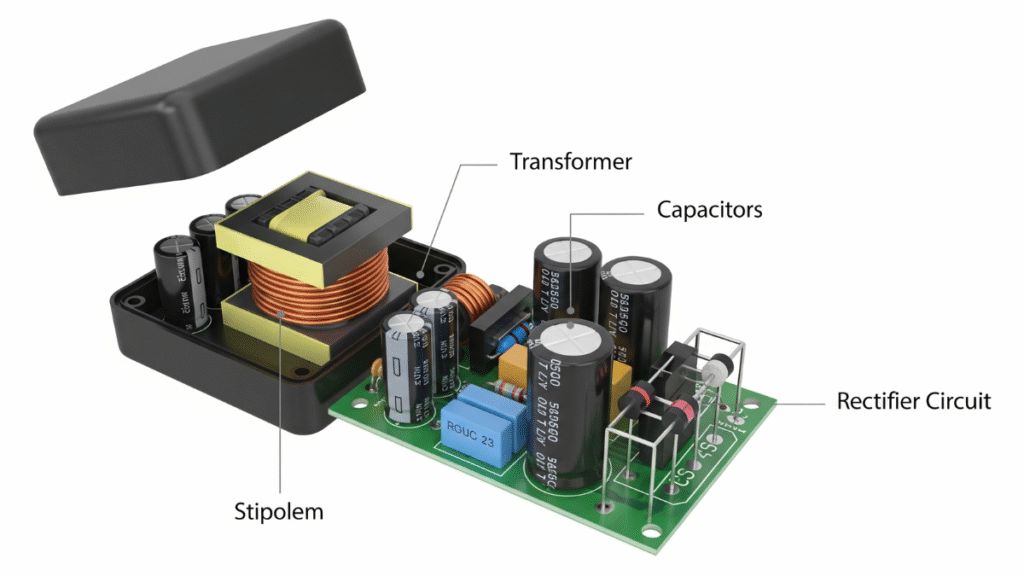
Power Load Profiles in Smart Feeders
Unlike static devices, smart feeders operate with dynamic load demands:
- Idle Mode: 200–300mA, running the microcontroller and Wi-Fi in standby.
- Camera Streaming: ~700mA sustained draw.
- Motor Activation: Spikes of 1.5–2A when dispensing food.
Adapters must not only support baseline operation but also handle transient spikes without sagging voltage. Otherwise, motors may jam, Wi-Fi may reset, and apps may lose connectivity.
Switch-Mode Power Supplies (SMPS)
Most adapters today are switch-mode power supplies, offering:
- Efficiency above 85%.
- Compact size due to high-frequency switching.
- Cooler operation compared to linear regulators.
However, SMPS introduces challenges like electromagnetic interference (EMI), which must be mitigated through filtering and shielding.
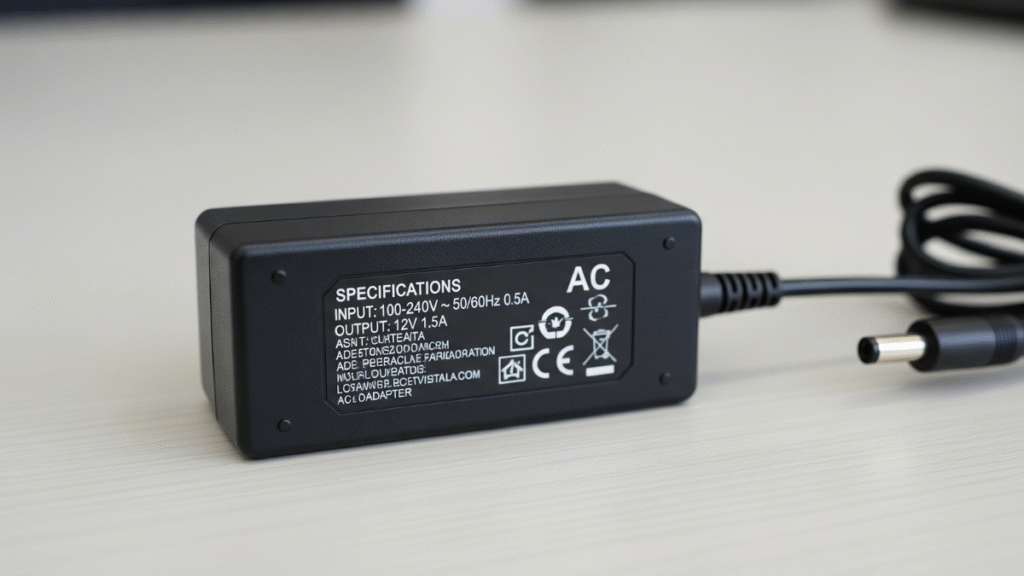
Subsystem Dependence on Adapter Stability
Each component in a smart feeder relies on power stability:
- Motors and Servos Require large current surges. Weak adapters lead to incomplete food dispensing, resulting in frustrated pets and owners.
- Camera voltage dips cause frame drops, poor resolution, or complete disconnects during live streaming.
- Connectivity Modules (Wi-Fi, Bluetooth): Excessive ripple causes packet loss, higher latency, and dropped cloud connections.
- Control Boards and MCUs are Sensitive to even minor fluctuations. A ±5% deviation may trigger resets or firmware corruption.
Thus, adapter performance dictates the reliability of the entire ecosystem.
Risks of Poor Adapter Design
1. Operational Failures
- Missed feedings → pet health consequences.
- Device resets → owner distrust.
2. Long-Term Degradation
- High ripple currents reduce capacitor lifespan.
- Overheating accelerates transistor wear.
3. Safety Hazards
- Risk of electrical fires.
- Short circuits in low-quality adapters can destroy feeder PCBs.
4. Brand and Market Risks
- Poor adapters result in bad reviews.
- Manufacturers may face recalls and regulatory penalties.
Consumers rarely distinguish between the “device” and the “adapter,” making it a silent but decisive factor in brand perception.
Regulatory Standards and Compliance
Compliance is essential for global market access. Adapters must meet:
- UL 1310 / IEC 62368-1 → Electrical safety.
- FCC Part 15 / EN 55032 → EMC limits.
- DOE Level VI / ErP Lot 7 → Energy efficiency.
- RoHS / WEEE → Restriction of hazardous substances and recycling obligations.
Failure to meet these standards can block market entry into the US, EU, or Asia-Pacific.
Regional Variations
- North America: UL, FCC, Energy Star.
- Europe: CE, EMC Directive, ErP.
- China: CCC mandatory certification.
- Japan: PSE compliance.
Manufacturers targeting global reach must adopt multi-standard compliance strategies.
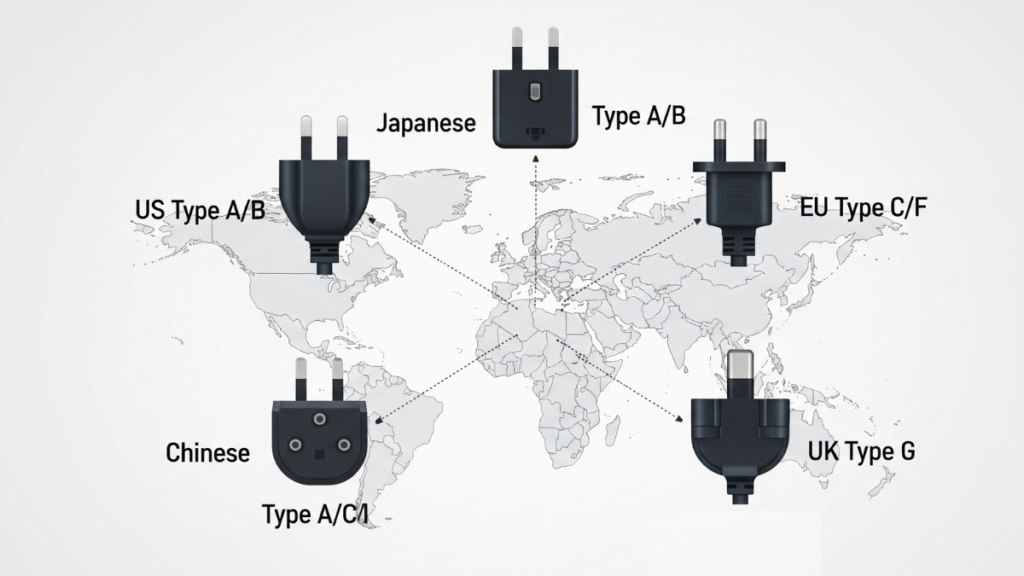
Market Dynamics: Why Adapters Matter
Consumer Expectations
Consumers assume adapters are reliable. When they fail, frustration is directed at the entire product.
Cost vs. Reliability
Adapters often make up <5% of BOM (Bill of Materials) cost, yet determine >50% of after-sales complaints. Cutting corners on adapter quality is a false economy.
Globalization and Supply Chains
Sourcing adapters involves balancing:
- Certification requirements.
- Supplier reliability.
- Component shortages (e.g., semiconductor supply crises).
Aftermarket Substitution
When OEM adapters fail, consumers often buy cheap third-party replacements—leading to further performance issues and additional brand damage.
Engineering Best Practices
- Overspec Power Delivery – Choose adapters with 20–30% margin over peak loads.
- Low Ripple – Less than 50mV for sensitive subsystems.
- Thermal Management – Ensure adapters run <60°C under load.
- Redundancy – Consider battery backups or supercapacitors for critical functions.
- Global Compliance – Select partners offering pre-certified, globally approved adapters.
Case Studies
Case Study 1: A Startup’s Setback
A startup launched a smart feeder with a cost-optimized, uncertified adapter. Within six months, customer complaints surged—motors failed mid-cycle, and devices overheated. Reviews plummeted, and the company faced a 30% return rate, eventually withdrawing the product.
Case Study 2: Established Brand Success
A well-known brand partnered with a tier-one power supply manufacturer. Though their BOM cost rose by 8%, their failure rate dropped below 0.2%. Their product gained a reputation for reliability, allowing them to charge a premium price.
Future of Power Adapters in Pet Tech
GaN (Gallium Nitride) Adapters
- Higher switching frequency.
- 95% efficiency.
- Smaller, lighter designs.
USB-C Power Delivery (PD)
- Standardized connectors.
- Wide compatibility with other devices.
- Flexible voltages (5V–20V).
Intelligent Power Adapters
- Embedded sensors to track temperature, current, and voltage.
- Integration with feeder apps for predictive maintenance.
Sustainability Trends
- Eco-friendly materials.
- Ultra-low standby power (<0.05W).
- Modular plugs for regional compatibility.
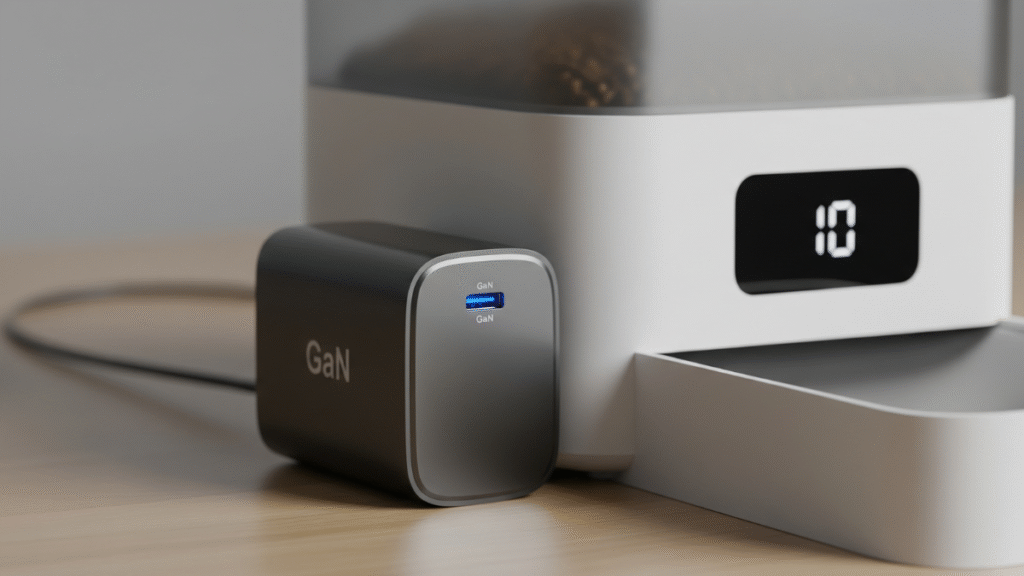
Extended Discussion: Business and Consumer Impacts
B2B Impact
OEMs and ODMs face competitive pressure to lower costs. However, investment in certified adapters reduces liability and strengthens long-term partnerships.
Consumer Trust
A feeder that fails even once may permanently lose customer confidence. Reliable adapters act as an invisible safeguard of brand equity.
Investor Perceptions
For startups seeking funding, demonstrating robust engineering choices (including certified adapters) signals professionalism and lowers perceived risk.
Conclusion
The power adapter may not be the most visible part of a smart feeder, but it is unquestionably its lifeline. From engineering reliability to market compliance and consumer trust, the adapter plays a role disproportionate to its cost. Companies that recognize this will build not only more reliable feeders but also stronger brands.
Looking forward, the future lies in GaN technology, USB-C PD, smart monitoring, and sustainable designs. Brands that invest early in these technologies will set themselves apart in the competitive pet tech market.


